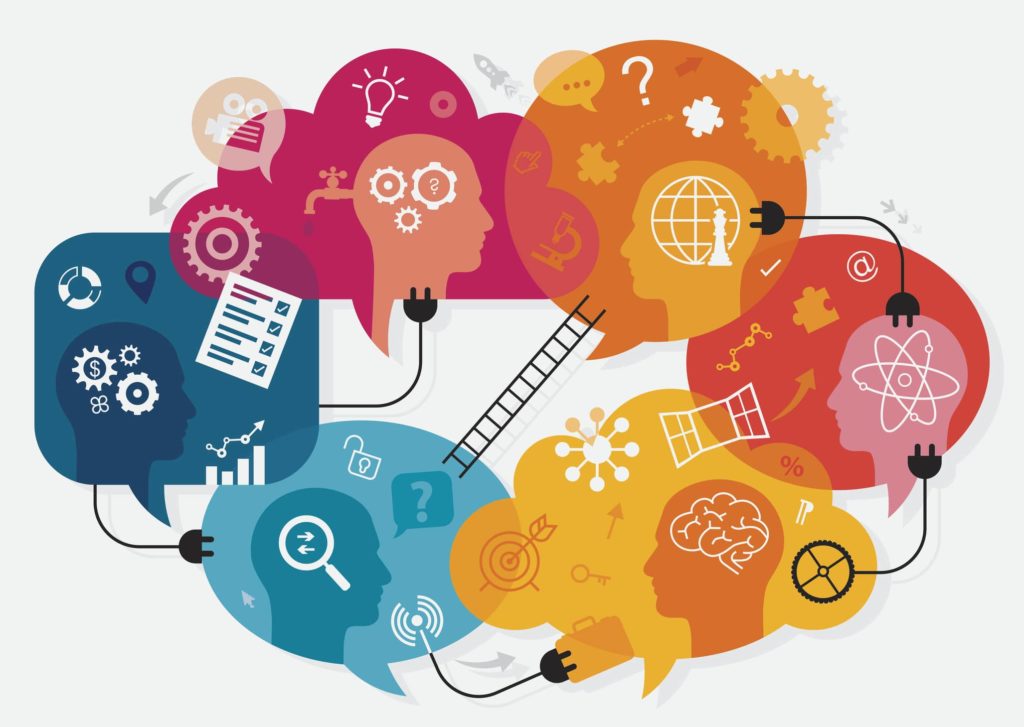
E-learning is also a form of digital learning which facilitates learning through the internet. The learning materials are accessible via electronic devices such as smartphones, tablets, laptops and computers. E-Learning is one of the students’ most preferred learning methods, and its usage has improved post the covid-19 pandemic. However, one of the disadvantages of e-learning that often surfaces is the lack of interactivity. On a positive note, this is no more a disadvantage because interactivity has been incorporated into E-learning.
Interactive E-learning is the learning in which the users are engaged and involved with the learning process and the content available in the E-learning platform. The interactive method infused in this type of learning has helped transform the E-learning process.
Interaction is not just clicking a button or a mouse. Interaction is much more than this.
What is interactive methodology in E-learning? It could be understood with the tools used for interaction in E-learning.
Simulation is one of the tools used to incorporate interactivity in E-learning where the learners are exposed to real-life scenarios. The simulations involve voiceovers, images, and sound effects that help provide an engaging and immersive learning experience. Role-based simulations are used in E-Learning. For instance, in a problem based simulation, the learners assume the role of problem solvers and how they solve it is recorded. Based on the results, feedback is provided that improves learner performance.
Games are another set of tools used for improving interactivity in E-learning. This not only improves interactivity but, it makes learning fun for learners. E-learning games are used to impart knowledge by including games which are relevant to the subjects.
Assessment and quizzes are part of the traditional learning process, which also improves the E-Learning platforms’ interactivity. These are incorporated towards the end of the unit or class. Both these activities help in providing feedback to the learners.
Numerous other tools are used for incorporating the element of interaction in E-Learning.
Why is interactivity given importance in the E-Learning scenario?
Interactivity is given importance in the E-Learning environment because interactions help in having a positive impact on the learners. For instance, it helps draw the students’ attention to the content, and it could be etched in the learners’ memory. In other words, it helps in retaining knowledge.
Interactive E-Learning increases the involvement of the learners through various interactive activities such as quizzes, assessments, games and simulations. This kindles the learners’ interest in learning more about a particular concept or topic.
Interactive E-Learning could motivate the students to learn and help enhance their performance. This is because this method allows the students to learn from their mistakes, particularly when interactive tools such as games, simulations and scenarios are used.
Current generation students have been accustomed to E-Learning. Hence, ensuring that this type of learning is engaging is important. For achieving this, interactivity methodology is important. Embedding interactivity in E-Learning helps improve the students’ learning. Educational institutions should therefore focus on enhancing the interactive feature in their E-Learning platform.